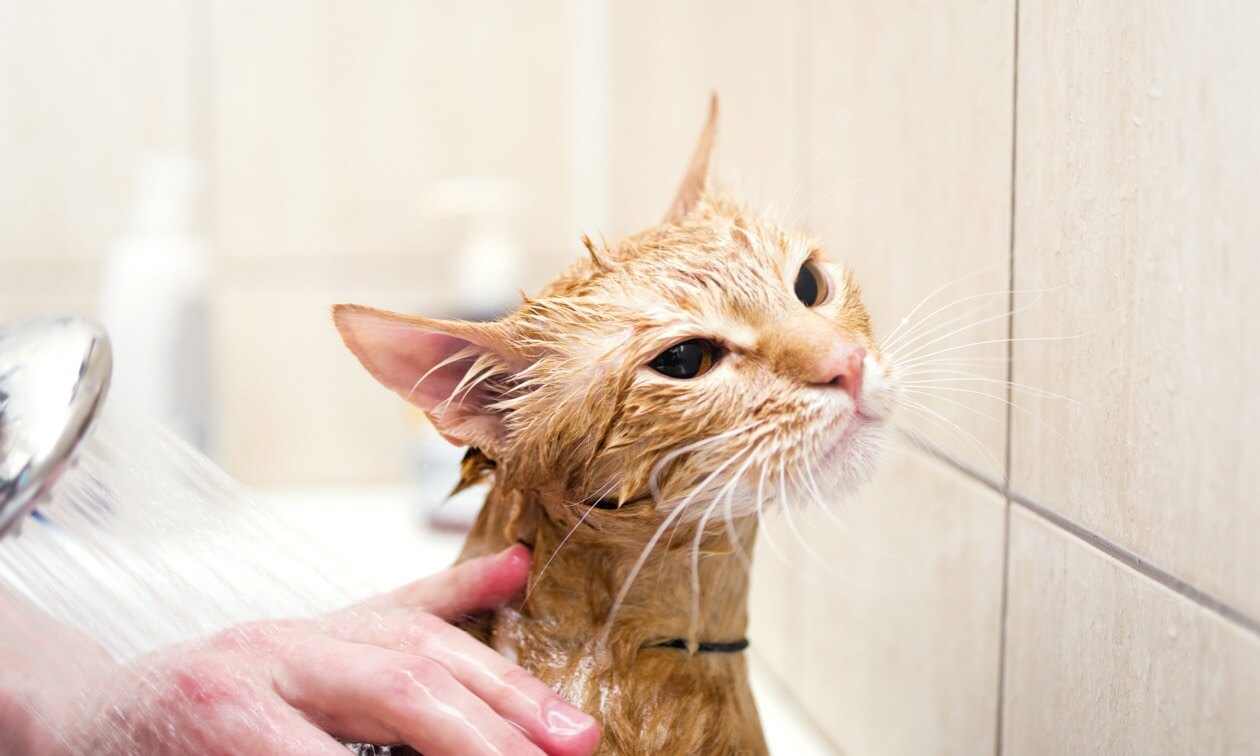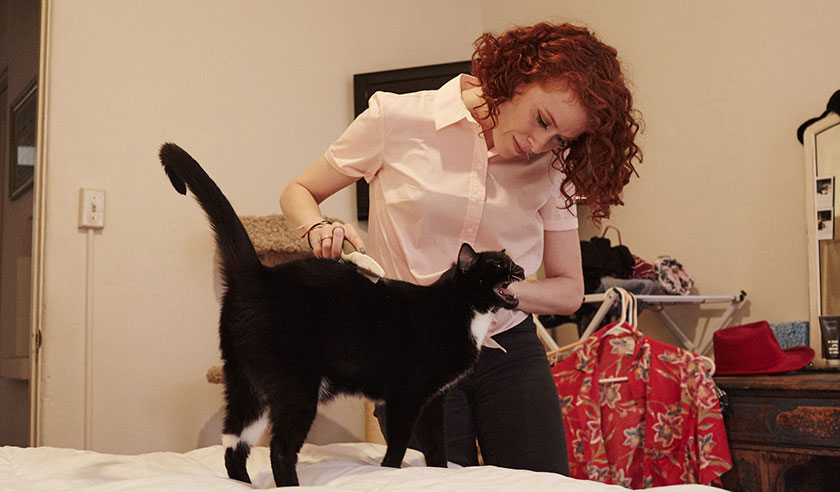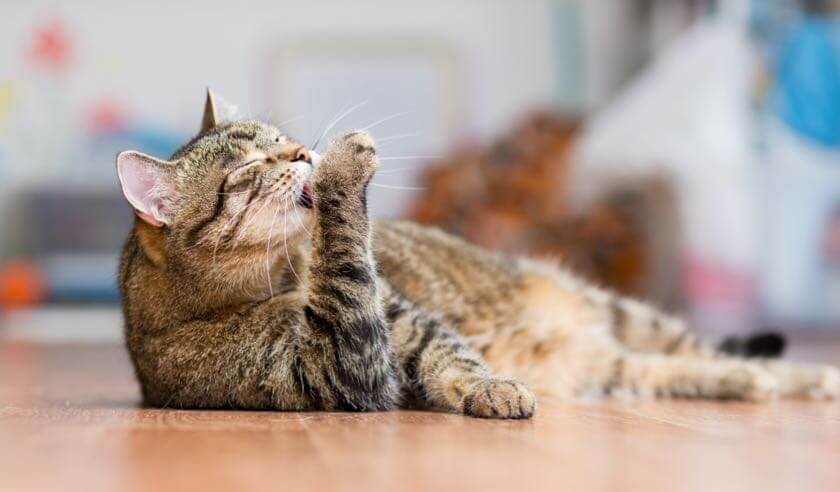Dogs, people, and even birds get baths. Does that mean you should be bathing your cat, too? Not exactly. Read on to learn why most cats don't need the same grooming and bathing as other animals, when there are exceptions to that rule, and how you should approach bathing your cat when it's necessary.
Do Cats Really Need Baths?
In most cases, no, you really don't need to give your cat a bath. Cats do an extremely good job of keeping themselves clean and their coat and skin benefit from natural oils you don't want to wash away. However, there are times when it may be helpful or even necessary to bathe your cat.
- As cats get older, or if they have physical limitations, they may be less able to self-groom.
- Some longhair breeds may need bathing to keep fur from matting, like Persians, Himalayans, and Ragdolls.
- Cats with specific skin conditions may need baths to soothe or treat the skin.
- If your cat gets into something they shouldn't ingest, you'll want to bathe them for safety reasons to remove any residue from their coats.
- If your cat picks up bugs in their fur (like fleas, ticks, mites, or lice) bathing — and medical treatment — may help prevent irritation, infection, and disease.
- There may be litter box incidents or other messy situations that need a little clean-up.
Even if your cat needs a bath, it's important to remember that a cat's scent is extremely important. Bathing not only diminishes it but may even cloud it with the scent of the bath products you use (which can be stressful for your cat). Use unscented shampoo — if you can smell it, your cat can really smell it!

Can You Teach a Cat to Like Being Bathed?
Sure, it's possible (it’s not a bad idea to try and get them comfortable with water, even if you don't ever plan on bathing them, as you never know when a water situation may come up that you can't avoid). Forcing a cat into water against their will can be traumatizing to them and dangerous for you, so they need to be desensitized to the process very slowly.
- Start with a very small amount of lukewarm water — maybe just half an inch at the front of the tub. You might even start with a slow drizzle of water in the sink and work up to the bathtub over time.
- Make sure they have something stable to stand on (like a rubber mat) so they aren't sliding around.
- Have their favorite treats handy.
- Use tiny steps to take them from being near the water, to dipping a paw in, to standing in the water, to letting you sprinkle water over them, and so on until you can bathe them properly.
- Use toys and treats to lure and guide them throughout the process (and take your time).
- Giving treats will help build positive associations and give them a reason to stick around.
The key is giving the cat control over the situation. Anytime a cat is forced to do something, they automatically go into defensive mode. They aren't choosing what's happening and, therefore, don't know if it's safe.
How to Bathe a Cat
When your cat is comfortable with water (by following the steps above), you can bathe them as needed.
Plan ahead and have your tools ready to go so you can move quickly through the process. You'll need:
- A bathtub, sink, or large bin to hold water
- A non-slip surface to set in the water (like a rubber mat)
- Cat shampoo (unscented and hypoallergenic if possible)
- A towel
- A pet-specific air dryer or human hair dryer on low heat, low airflow (only if you've carefully desensitized your cat to drying)
- Lots of treats
To bathe your cat, you'll use the same process you did to get them used to the water.
- Add a couple of inches of water to the tub or basin.
- If possible, use your treats or toys to lure them onto the non-slip surface.
- Gently get their fur wet using your hands, a cup, or a pet water wand if they've been desensitized to it.
- Add a small amount of shampoo to the body.
- Be careful around eyes that may be sensitive and ears to avoid trapping water that could cause an ear infection or discomfort. If you get shampoo in your cat’s eyes, rinse them out with cool water or saline eyewash. Keep a cat-appropriate ear cleaner on hand to rinse out any water that gets in their ears.
- Thoroughly rinse your cat using the same method you did to wet their fur.
- Make sure all shampoo is removed.
- If you're using a conditioner, follow the manufacturer's instructions.
- Dry your cat as well as possible with a towel.
- You can use an air dryer only on the lowest possible setting and if they’ve been slowly desensitized to it.
- Throughout the process, especially at the end, give your cat lots of treats and verbal praise.
Alternatives to Bathing Your Cat
A cat bath doesn't have to mean they're fully submerged in water — a wet cloth may be all you need for some situations. There are also cat-specific cleansing cloths on the market, which are great for dirty spots like feet or the backend, as well as a light all-over wipe down after a roll in the dirt. Cat-appropriate waterless shampoo can also be helpful to break up fur soiling before wiping. Make sure any product you’re using is designed specifically for cats, as human products should not be used unless directed by your veterinarian.
ZPC-01936R1





